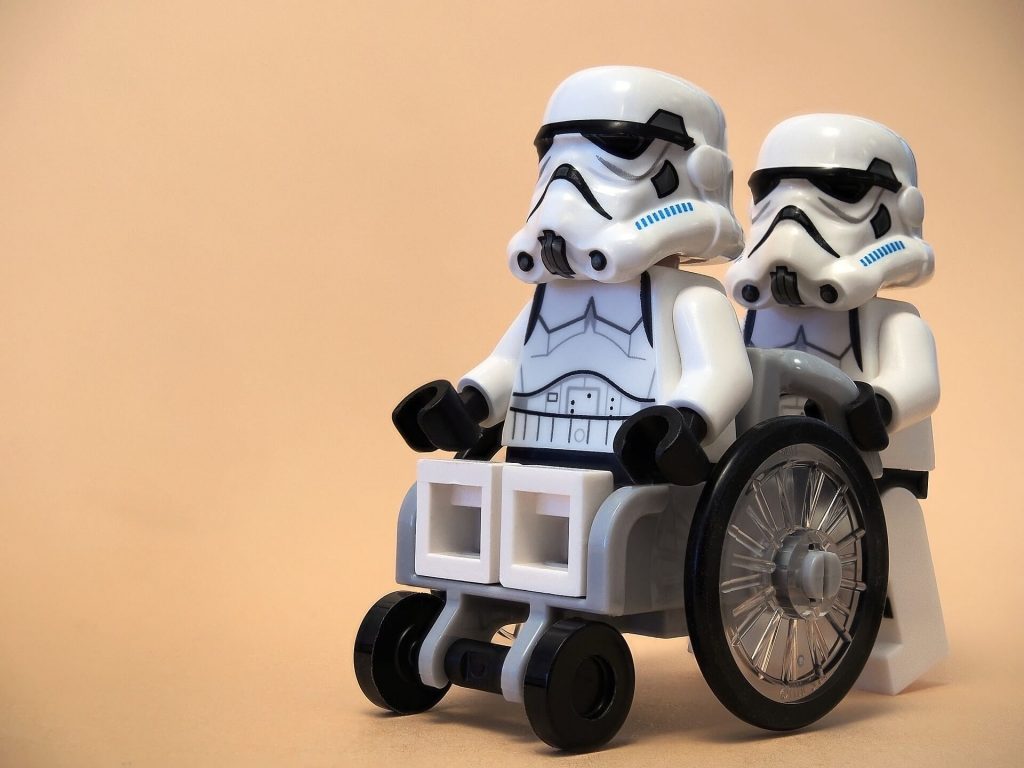
Telerehabilitation, also known as e-rehabilitation, is a modern form of rehabilitation service that is delivered over the interactive devices. It can address a wide spectrum of health ailments, from minor health issues to emergency medical conditions. It can be especially beneficial to people in rural or remote areas.
Usually telerehab is delivered in two ways:
- Clinical assessment: The patients receive an appraisal of their functional abilities within their own environment.
- Clinical therapy: Full-spectrum therapy service is conducted through audio, visual, or other forms of modern digital communication mediums.
Why is Telerehabilitation Important?
One of the most advantageous aspects of e-rehabilitation is that it can deliver therapy to individuals that might otherwise be unable to visit a traditional in-person clinic. Many patients suffering from disabilities, severe mental health disorders, or other impairments can benefit greatly from e-rehabilitation, as they can skip the rigorous or potentially dangerous travel to the therapy facility. In less severe cases, some patients might simply opt for e-rehabilitation because it’s more convenient and cheaper than driving in heavy traffic to reach the facility.
What Specific Types of Therapy Does e-Rehabilitation Offer?
e-Rehabilitation and telerehabilitation occupational therapy services are offered by nearly every category of therapy available. Fields where e-rehabilitation is particularly popular include speech-language pathology, physical therapy, neuropsychology, audiology, and occupational therapy.
If the patient needs certain equipment or devices in their home for an effective therapy session, typically trained professionals will deliver the equipment and set it up.
e-Rehabilitation Also Benefits The Therapist or Doctor
e-Rehabilitation isn’t beneficial just for the therapy patient. Doctors and therapists benefit too. e-Rehabilitation gives doctors and therapists the option of delivering virtual care and crucial knowledge to a patient no matter where they are – which gives them more freedom and flexibility.
Let’s say a doctor is traveling abroad to attend a seminar. She can still check in with her patient from her hotel room to deliver a full therapy session. If another therapist can’t leave home due to extreme weather conditions, he can deliver a therapy session to his patient over the Internet.
An Increasingly Thriving Service Industry
As telemedicine rises in popularity around the world, more patients are choosing telerehabilitation occupational therapy over onsite health care and traditional therapy services. The convenience for both patient and provider is undeniable, and can ultimately drive faster recovery and better outcomes.

My neighbour suffers from depression and her husband has been using telerehabilitation. It is indeed very effective yet not many know about it. Thanks for sharing it here.